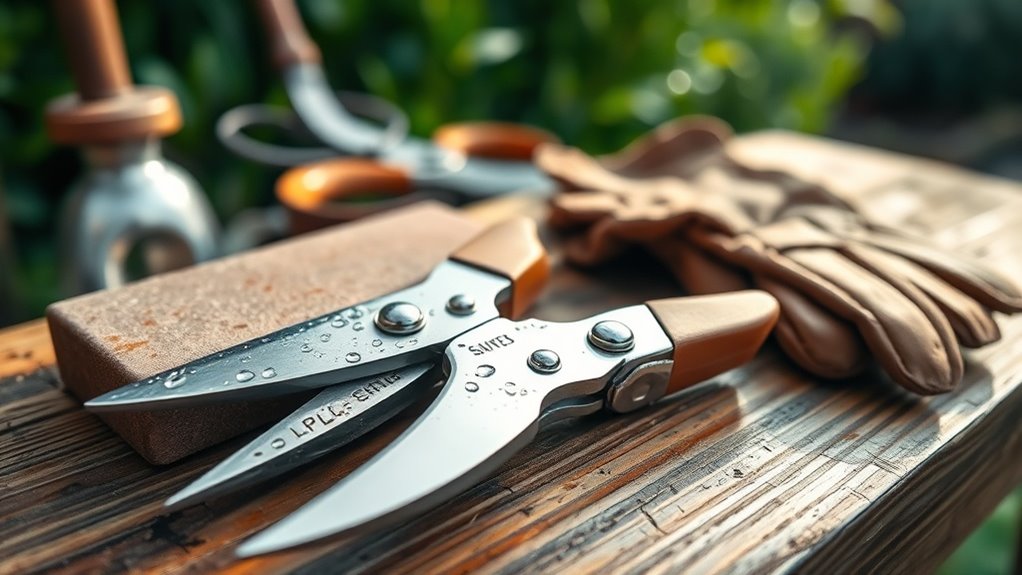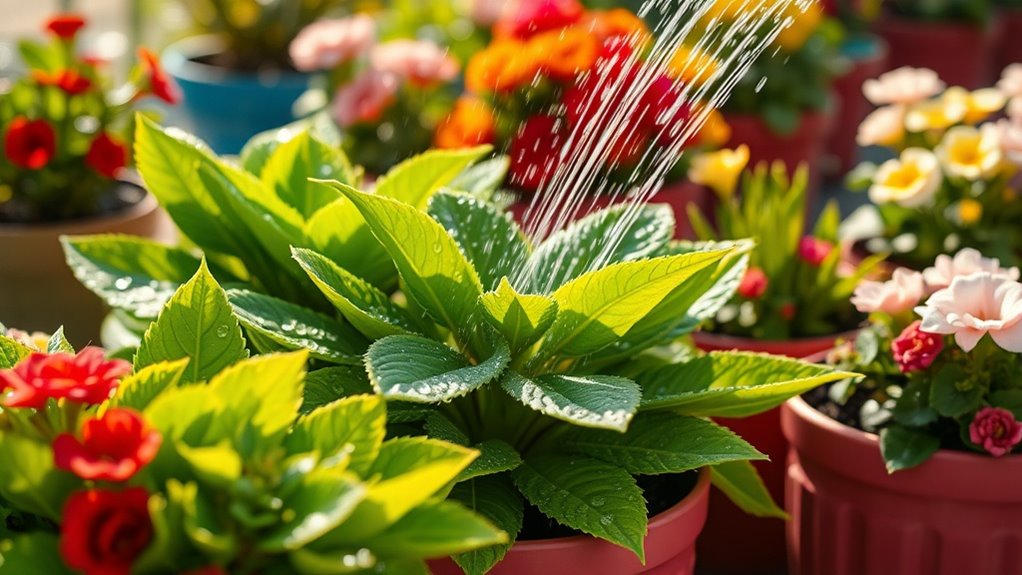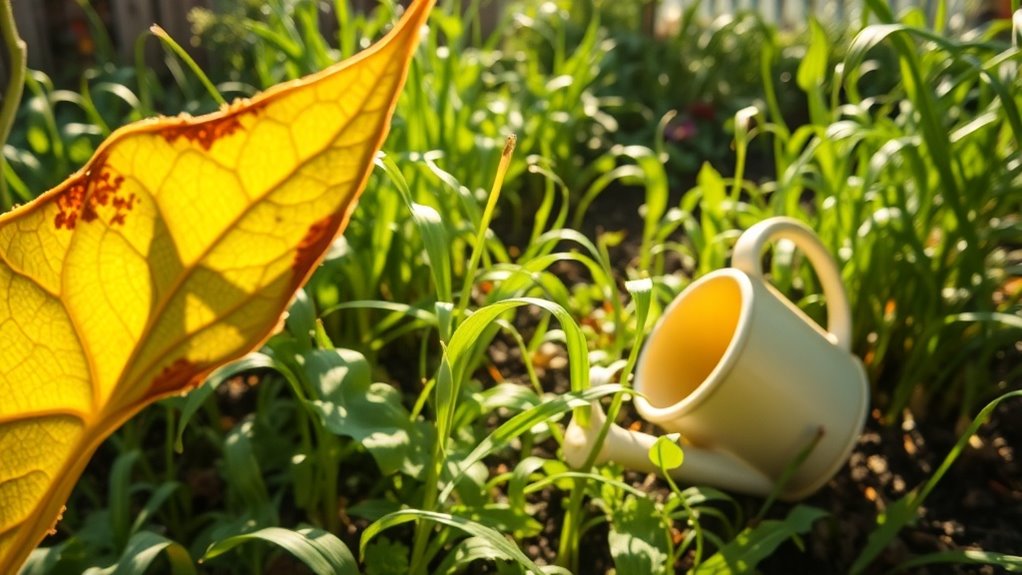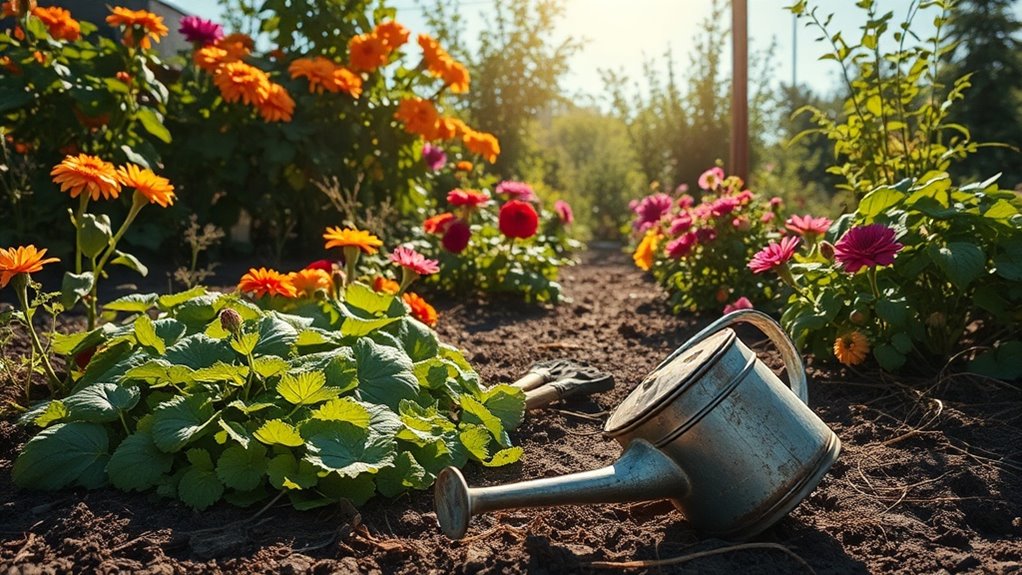How to Sharpen Garden Tools for Effortless Work
To achieve effortless work in your garden, sharpening your tools is crucial. You’ll first want to examine their condition, checking for rust and wear. Once you’ve assessed them, the right sharpening tools can make all the difference. Proper techniques ensure a sharp edge that can significantly improve your efficiency. Curious about the best methods and maintenance practices that follow? Let’s explore the essential steps you need for maintaining sharp, effective garden tools.
Assessing the Condition of Your Garden Tools
Before you begin sharpening your garden tools, it’s crucial to assess their condition.
Check for any signs of rust, damage, or excessive wear. Inspect edges for dullness—tools that struggle to cut cleanly need sharpening.
Ensure that handles are sturdy and comfortable. Identifying these issues beforehand will help you achieve optimal results and prolong the life of your garden tools. Additionally, regular cleaning and maintenance can significantly enhance the performance of your tools.
Choosing the Right Sharpening Tools
Choosing the right sharpening tools can make a significant difference in the maintenance of your garden equipment.
For most tools, a combination of a sharpening stone, file, and honing guide is ideal. Select a quality, coarse sharpening stone for initial sharpening, then use a finer stone for polishing.
Always consider your specific tools’ needs to ensure optimal performance and longevity.
Step-by-Step Sharpening Techniques
With the right sharpening tools in hand, you’re ready to start the sharpening process. Follow these steps for best results:
-
Secure your tool to prevent movement.
-
Use a sharpening stone or file at a consistent angle.
-
Work from the heel to the tip, applying light pressure.
-
Clean the blade afterward to remove metal shavings.
Enjoy enhanced efficiency in your gardening tasks!
Maintaining Your Tools After Sharpening
Although you’ve successfully sharpened your garden tools, maintaining them is crucial for ensuring their longevity and performance.
Clean your tools after each use to remove dirt and sap, then dry them completely to prevent rust.
Apply a light coat of oil to metal parts to protect against moisture.
Store them in a dry, sheltered place to avoid damage from the elements.
Tips for Keeping Your Tools Sharp Longer
Maintaining your tools isn’t just about cleaning after use; it also involves strategies to keep them sharp longer.
To ensure the longevity of your sharp edges, follow these tips:
- Store tools in a dry place to prevent rust.
- Use a protective cover on blades.
- Avoid cutting hard materials unnecessarily.
- Regularly clean surfaces to reduce dirt buildup.
These practices will help you work efficiently!





